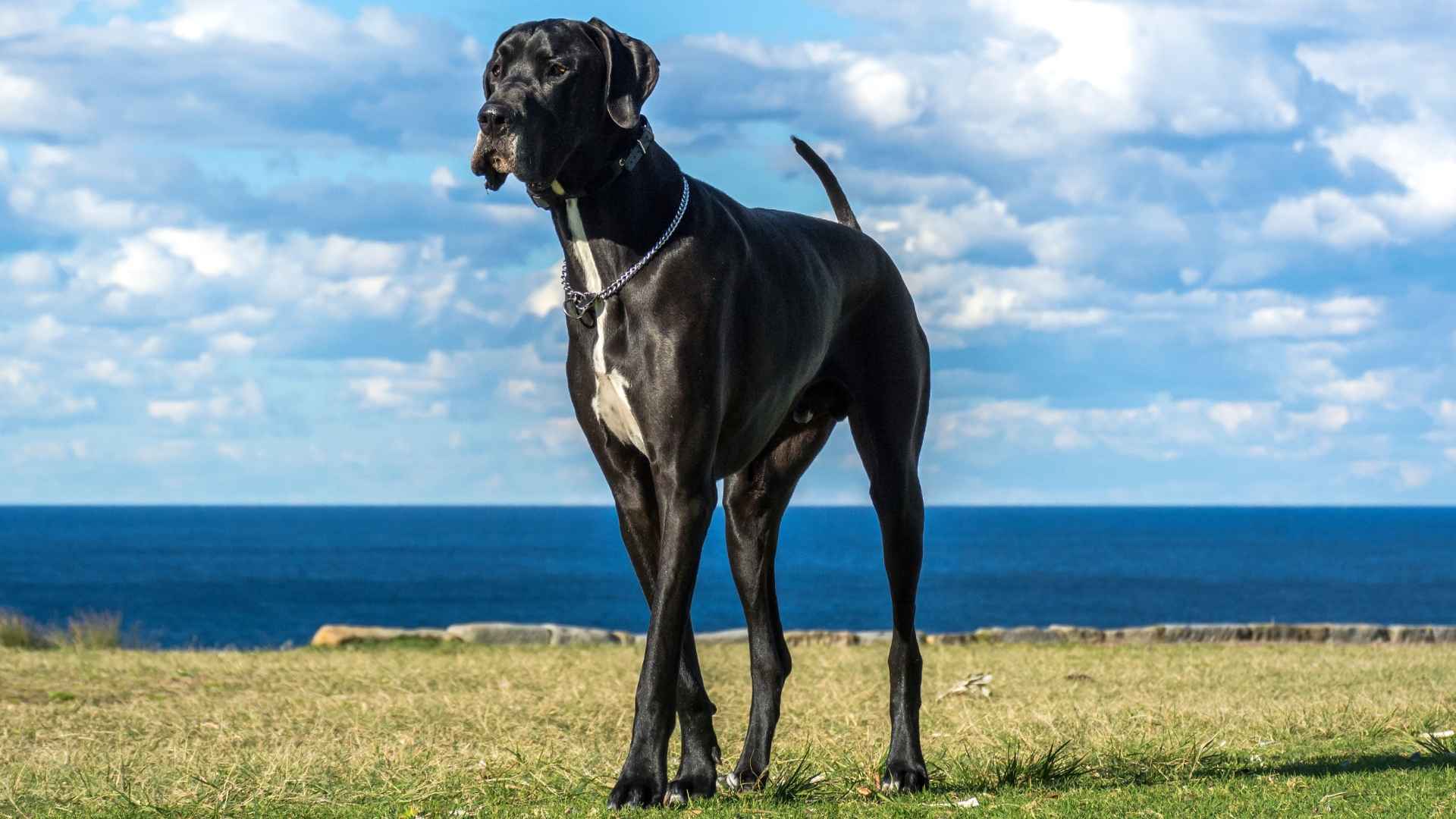When you bring a puppy home, it immediately becomes part of the family. Whether they’re meant to guard, work or just be a fun loving member of the house, the bond runs deep. That is what makes it so heart breaking to know that some dog breeds just don’t live as long as others.
Lifespan varies greatly between breeds and we have to understand that no matter how much we love our dogs, they grow quickly, mature fast and may live shorter lives than we would want them to. Genetics, breed-specific health problems and sheer size all play a role in how long a dog lives. Large dogs tend to have shorter lifespans than the smaller dog breeds.
Let’s have a look at 7 dog breeds known to have short life expectancy. If you’re considering one of these breeds, knowing what to expect can help you give them the healthiest, happiest years possible.
Dog Breeds with Shortest Lifespan
1. Rottweiler
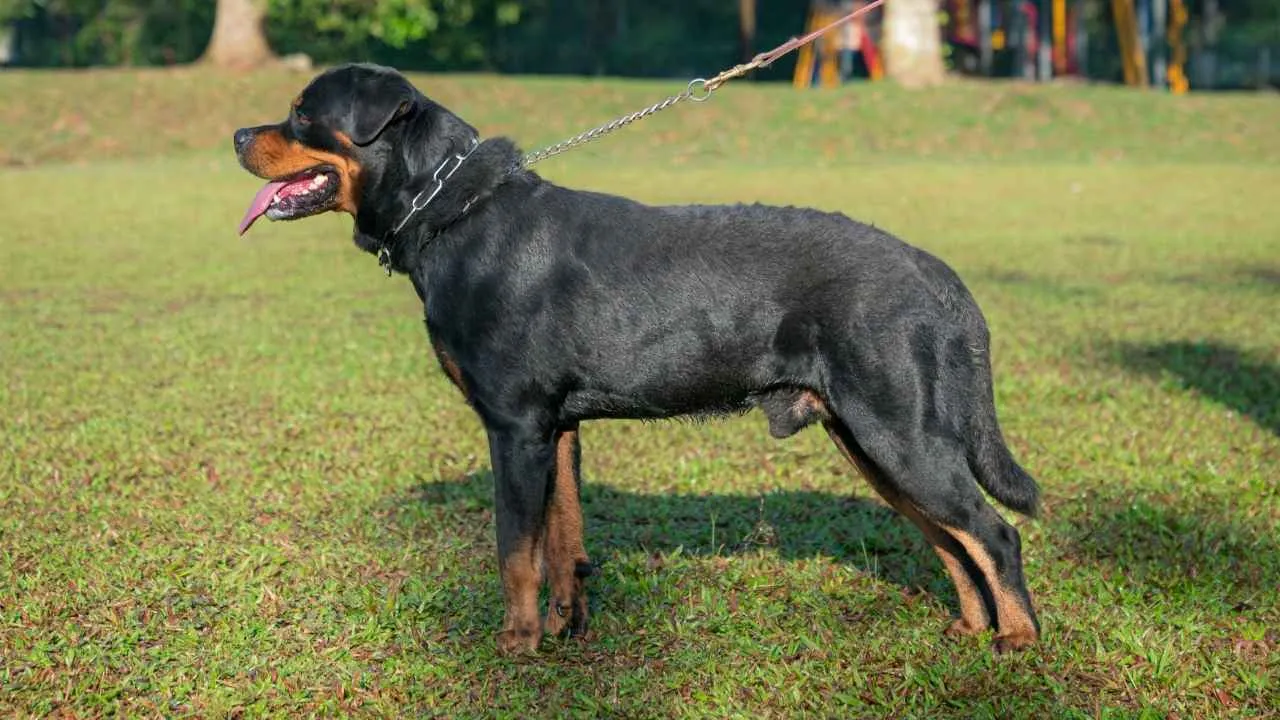
Key Points
Life Span: 8-10 years
Common health concerns: Parvovirus, canine hip dysplasia, cancer
Care needs: Weight control, exercise
Rottweilers are confident and powerful dogs that were originally bred to drive cattle and pull carts. They are known for being excellent guard dogs, but they are affectionate with family. Unfortunately, this working dog also has one of the shortest lifespans among medium to large dogs, typically living between 8-10 years.
As per PetMD, even though Rottweilers are generally healthy and disease free breed, they may be prone to various health problems later in life. Bone cancer, hip and elbow dysplasia and heart disease is common among them.
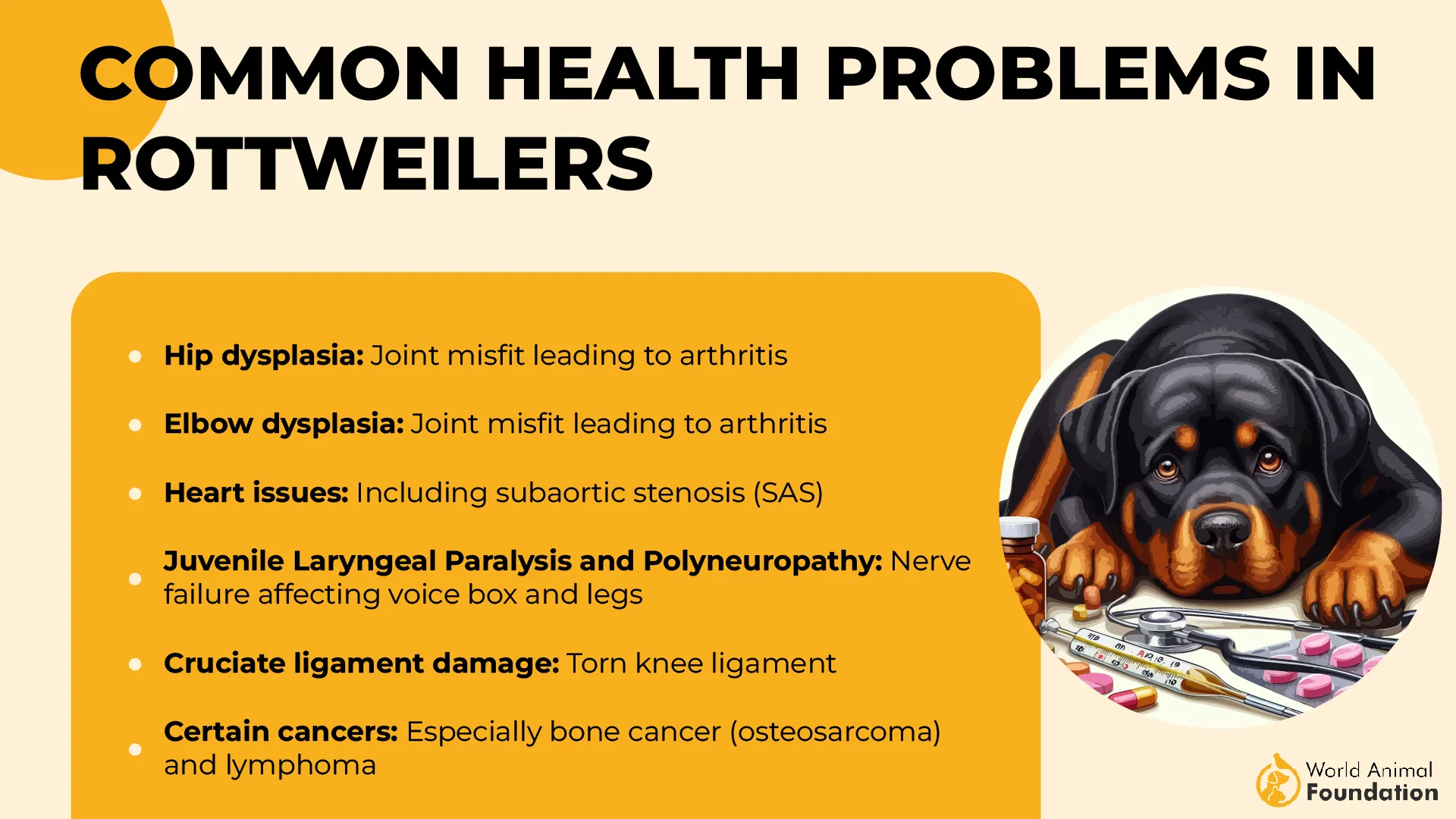
Their size and muscular build can put pressure on their bones over time, so weight management is critical to keeping them healthy. They put on a pretty tough face but, they are trainable and do best with firm and loving guidance.
2. Newfoundland

Key Points
Life Span: 8-10 years
Common health concerns: Heart disease (SAS),
Care needs: Cool climate, grooming, large space
Newfoundlands are large working dogs developed for water rescue and hauling tasks. They are famous for their calm temperament, especially around children, earning them the name ‘Nanny Dog‘.
Most Newfoundlands live for 8-10 years, with subvalvular aortic stenosis (SAS), a heart disease, being a common cause of early death, according to the NCSU. Other common diseases include cancer and orthopedic problems such as hip dysplasia.
They do not need intense exercise but benefit from daily walks and mental engagement. Due to their bulk, they need enough space to move. They overheat easily in warm climates so need access to shade and water. High quality dog food in moderate amounts is important to keep their weight in check.
3. Bulldog
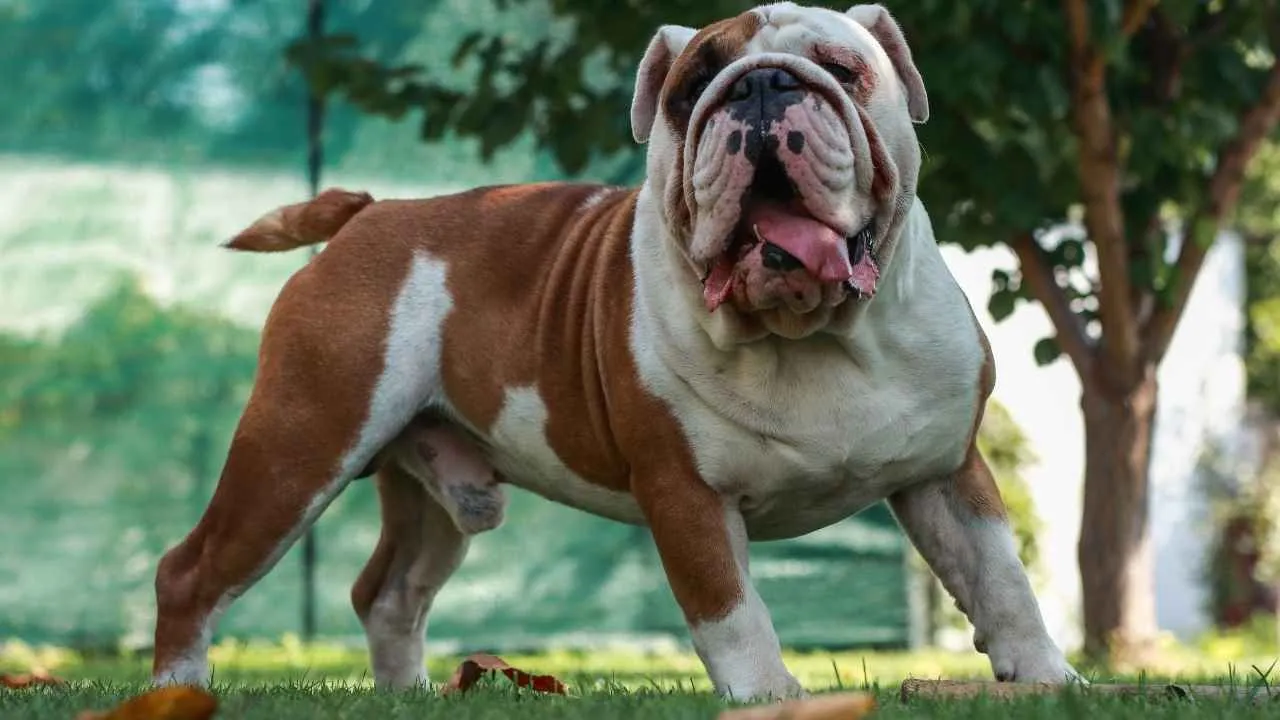
Key Points
Life Span: 8-10 years
Common health concerns: Breathing issues, skin problems, joint problems
Care needs: Care for skin, low-exertion exercise, cool climate
The Bulldog is a compact, muscular breed with a short muzzle, loose skin, and a distinctive underbite. Originally bred for bullbaiting, today they are low-energy and people-focused dogs. They do well in small homes and are easy to live with, but their health problems are significant.
They are medium-sized dogs, but their average lifespan is much shorter than other breeds of same size. Living for around 8-10 years, many of them face health issues even early on. Brachycephalic airway syndrome is common due to their flat face, leading to breathing problems, specially in heat or during physical activity.
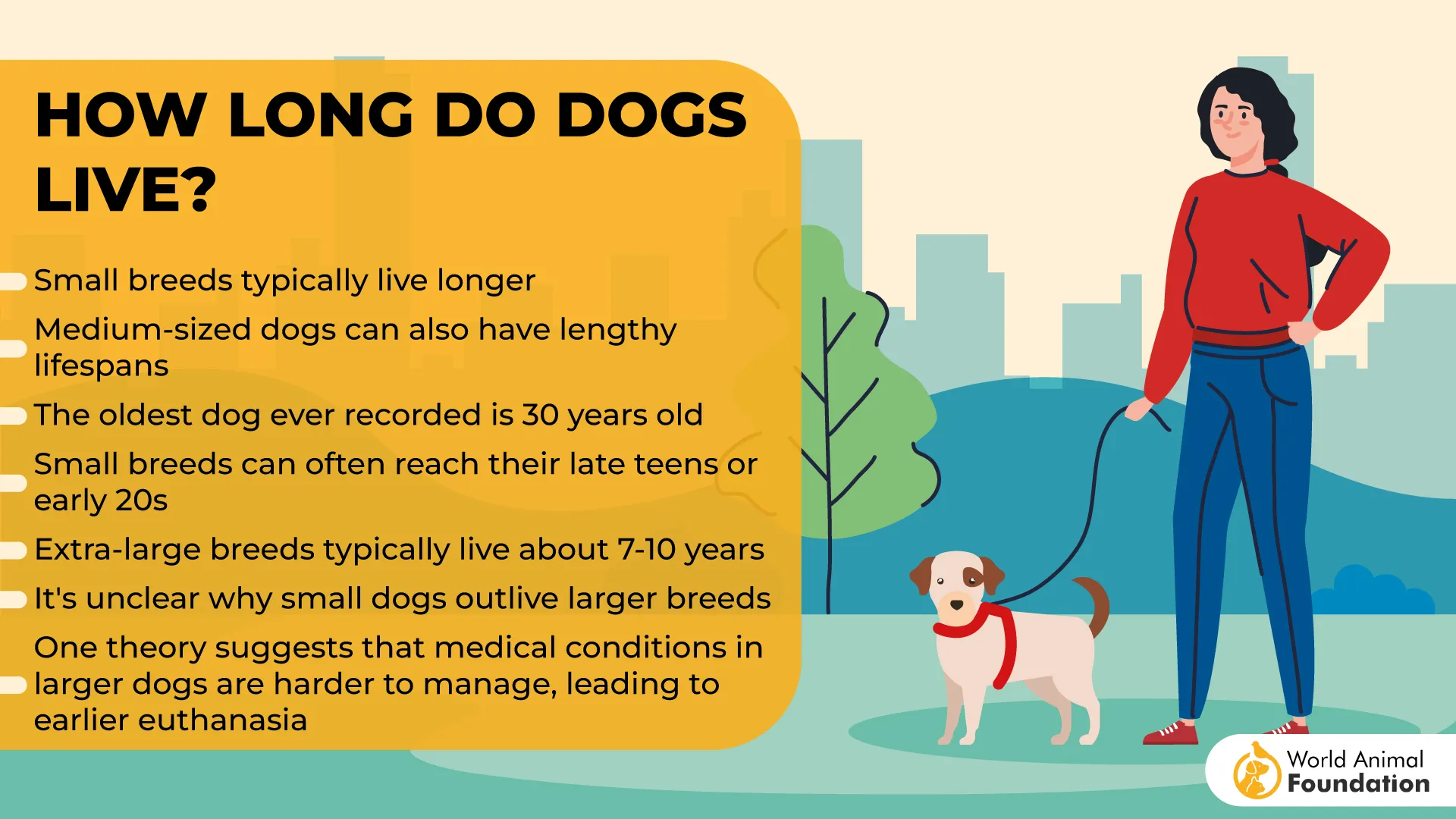
They are also prone to skin infections, joint issues and heart problems. Overheating is a constant risk with activity even in mild weathers. Daily care includes cleaning and wiping the skin folds and managing weight through healthy diet. Owners must be prepared for frequent vet visits and ongoing maintenance.
4. Saint Bernard
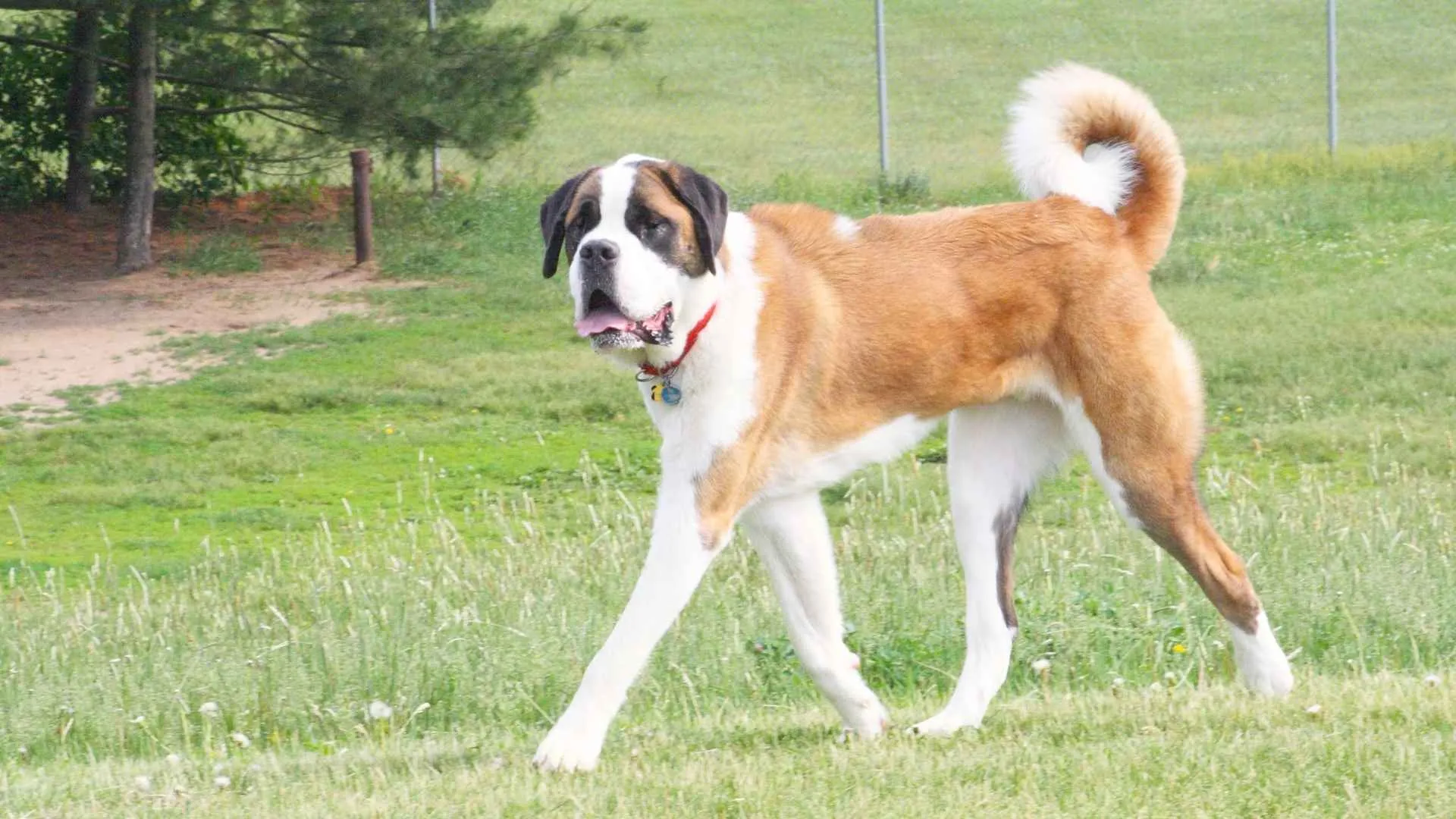
Key Points
Life Span: 8-10 years
Common health concerns: Bone cancer, heart disease, joint issues
Care needs: Weight management, cool environment, grooming
Saint Bernards are giant working dogs originally bred to serve as rescue dogs for the Alpine mountains, using their strength to locate and assist lost travelers in the Swiss Alps. Despite their imposing build, they are generally gentle, tolerant, and slow-moving.
The average life span of a Saint Bernard is 8-10 years, though some may develop serious conditions earlier. Bone cancer, dilated cardiomyopathy, and hip and elbow dysplasia are frequent health issues. Their obesity can worsen joint degeneration. Their thick coat also makes them prone to overheating.
They need moderate daily exercise and structured feeding to avoid rapid weight gain. Grooming is essential during seasonal shedding. They are calm indoors but need space to move around, so a house with a big yard in a cold climate is ideal.
5. Great Dane
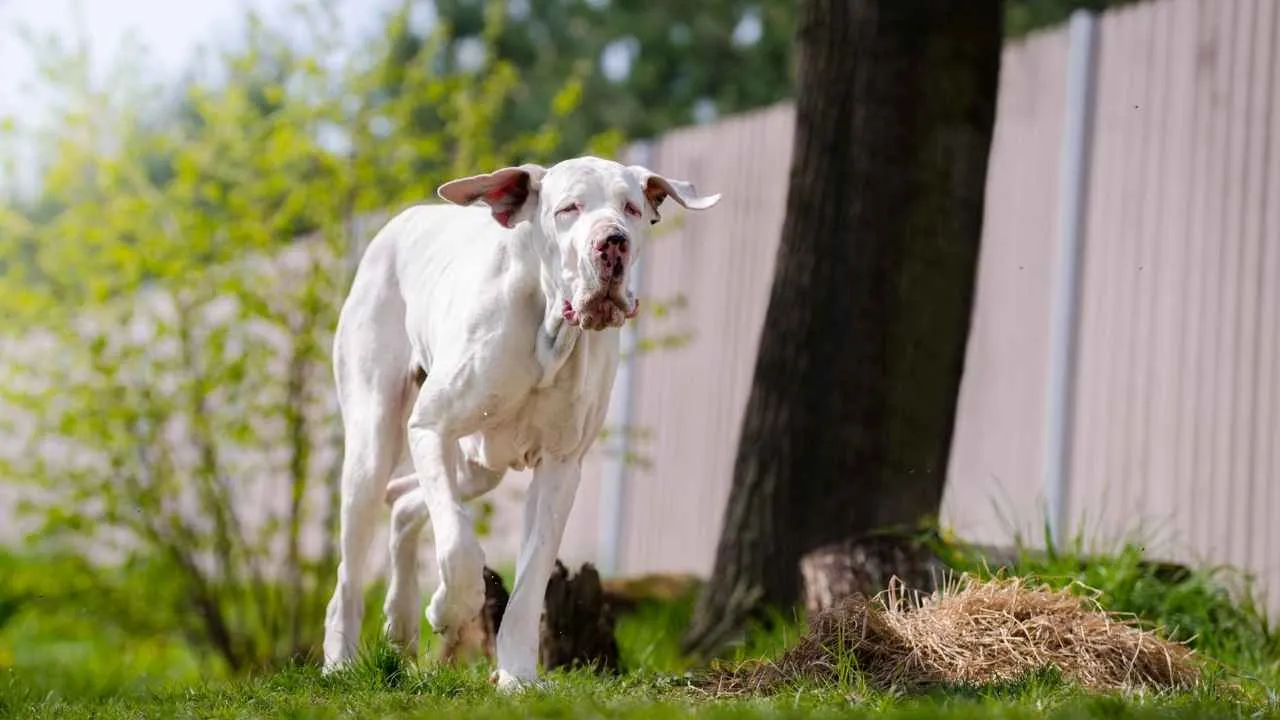
Key Points
Life Span: 6-8 years
Common health concerns: Bloat, heart failure, bone cancer, arthritis
Care needs: Split meals, soft surfaces, avoid overexertion
The Great Dane stands out for its towering height, averaging 30 inches or more over other dogs. They look intimidating, but they are soft-natured and attached to their people. Great Danes live only 6-8 years, earning the name the ‘heartbreak breed’, as they are highly prone to dilated cardiomyopathy, as per WebMD.
Bloat (gastric dilation-volvulus) is the most critical health threat to most giant breeds. Arthritis and bone cancer are also common in the breed. Growth must be monitored during puppyhood, as rapid growth can cause joint damage.
Exercise must be light, just enough to maintain muscle without putting stress on skeleton. Meals must be small and split in to two or more feedings. Cold weather and hard surfaces are not good for them, padded bedding and resting places are essential.
6. Bullmastiff
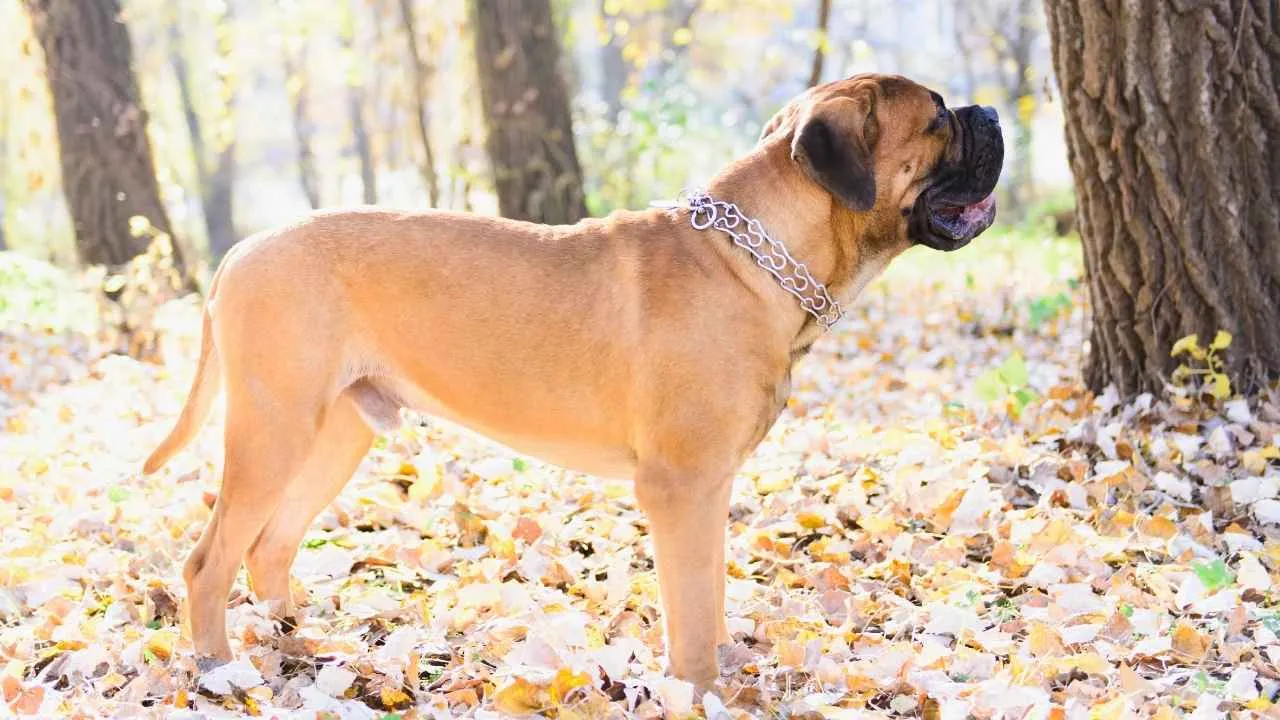
Key Points
Life Span: 7-9 years
Common health concerns: Bloat, joint disease, heart problems
Care needs: Controlled exercise, weight management
Bull mastiffs typically live 7-9 years; their large size and various health issues affect the dog’s life expectancy. They were bred in the 19th century to protect estates from poachers due to their powerful personalities. They are loyal to their families, quiet, and even-tempered indoors.
They are at risk for bloat, hip dysplasia, and heart conditions such as subaortic stenosis. Their short muzzle can lead to light breathing issues, particularly in warm weather.
Regular veterinary check-ups and a proper, balanced diet tailored to their needs are essential. They need low to moderate exercise routines. Short daily walks and access to a secure yard are usually enough. They thrive with firm, consistent leadership, not a dog for first-time owners.
7. Irish Wolfhound
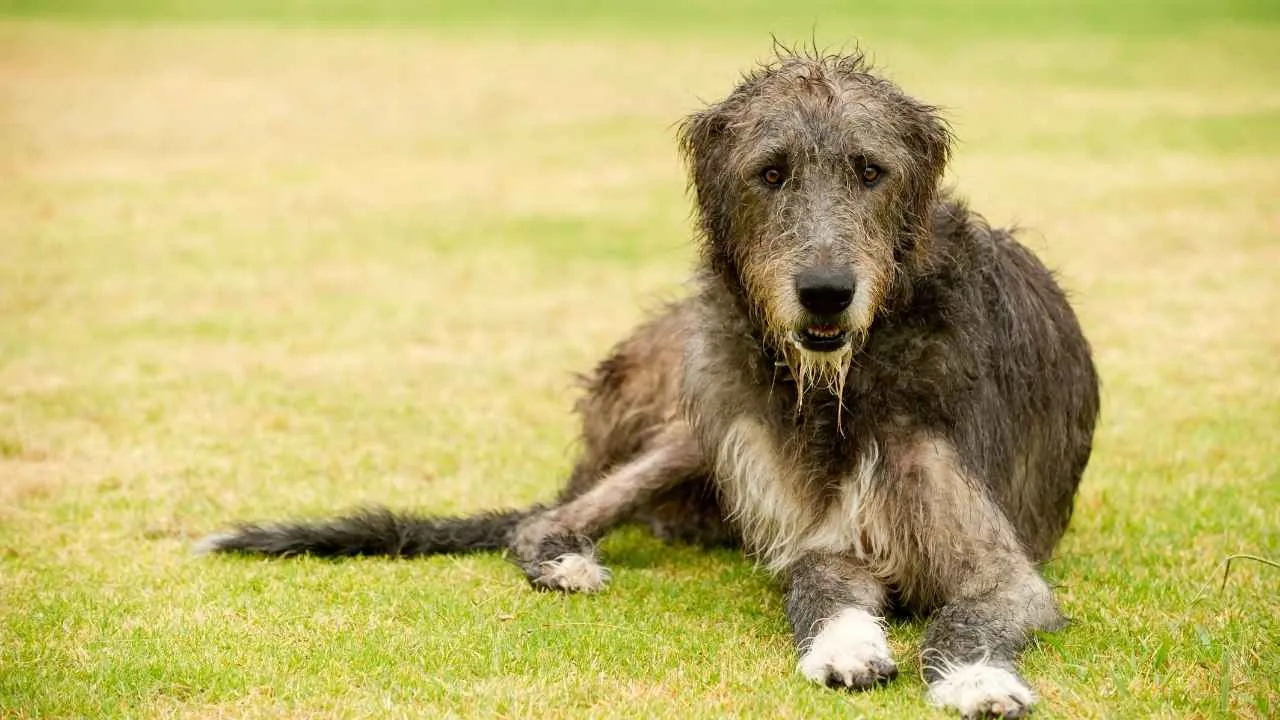
Key Points
Life Span: 6-8 years
Common health concerns: Heart disease, bone cancer, bloat
Care needs: Joint protection, split meals
The Irish Wolfhound has one of the shortest lifespans of any breed, averaging just 6-8 years. As one of the tallest dog breeds in the world, its massive size contributes heavily to early aging and vulnerability to serious health conditions, including Osteosarcoma, dilated cardiomyopathy, and bloat. Their growth during puppyhood must be carefully managed to prevent joint and bone problems later in life.
They are calm, observant, and gentle by nature, making excellent canine companions. They rarely bark and tolerate other animals well.
Daily care involves light and consistent exercise, joint support, and thoughtful feeding. Meals must be split in to small portions and be avoided around activity times to reduce the risk for bloat. Grooming is simple and regular brushing helps in maintaining their wiry coat.
Conclusion
While many breeds like the Great Dane, Saint Bernard, and Irish Wolfhound are known for their impressive size and loyalty, their lifespans tend to be much shorter than average. Health conditions such as bloat, joint disorders and heart diseases are common in these dogs.
Other large breeds like the Bernese mountain dog, Greater Swiss Mountain Dogs and Neapolitan mastiff often win hearts but they are also among the dogs with shortest lifespan. Prospective dog owners need to be specially mindful of early health screenings and constant care.
Some purebred dogs such as the German Shepherd dogs and Bulldogs face their own set of inherited risks. For pet owners who want dogs with longer lifespan, small dogs like the French bulldog and toy poodles tend to be a good choice.
Mixed-breed dogs also offer better genetic diversity and fewer health complications. No matter what the breed, understanding each dog’s unique needs is crucial to giving your furry friend a healthy life.


